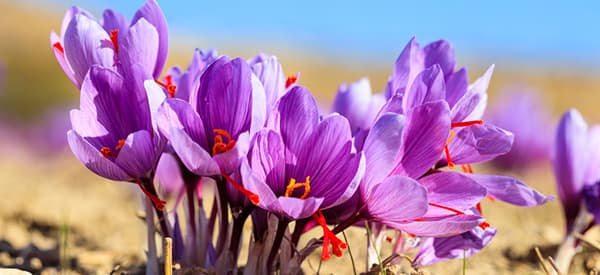
Saffron
Saffron (Crocus sativus) is a plant that produces the most expensive gourmet spice known to man. Owe it to its many uses, health benefits, and mostly for its labor-intensive production. The plant was used as a dye since the prehistoric era and later used as a herbal remedy and in making magical potions. The saffron spice comes from the crimson stigma of the flower, sparsely harvested for its culinary value. Each flower only produces about three stigmas. That is why it may take about 150,000 to 200,000 flowers to produce a kilogram of saffron spice.
How expensive can saffron get? A real saffron thread price can range from $5,000 to $10,000 per kilo! Because of its value, saffron is a symbol of wealth and affluence, and its dye is considered the perfection of beauty.
Saffron is a prominent spice in Egyptian, Chinese, Persian, and Roman cultures. The herb is native to Southwest Asia, but is cultivated as a food crop in Greece. About 3,500 years ago, saffron is used as a pigment in construction. Over the years, it is used as medicine and fabric dye, spreading its popularity around the world.
Where Saffron Is Found
The expensiveness of saffron gave rise to many counterfeit products sold at a cheaper amount in the market. True saffron is mainly cultivated in Iran, accounting for about 90% of its production. Saffron thrives in temperate regions and is also commercially cultivated in Greece, Kashmir, and Morocco.
⇒ The Complete Map of Edible Plants: Find Out What You Have in Your Area! (Video)
How To Identify Saffron
Saffron is often sold as a spice, distinguishable by its red and dried stamen. In the wild, it is a short-stalked plant that bears beautiful purple flowers in the fall.
Leaves. Saffron leaves are linear and grass-like, with simple, rosulate, or rose petal-like arrangements. They are smooth, green, and upright. Each plant can have around 5 to 11 leaves that are about 16 inches long.
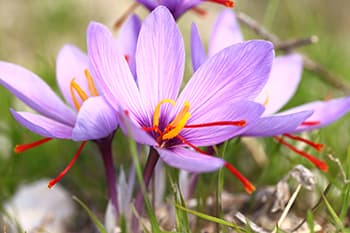
Flowers. Purple flowers dot the saffron plant during its blooming season. However, some species may bear gold or yellow blossoms. The flowers are solitary and shaped like a saucer with 5 to 6 rays, similar to a lily. Each flower has three protruding reddish-orange stigmas that are harvested for spice.
Fruits and Seeds. Saffron does not bear fruits as the flowers are sterile.
Roots. Saffron grows from corms or bulb-like tuber with a thin, cylindrical shape. However, unlike bulbs, the corm of saffron does not have layered scales or rings if the roots are cut in half.
Stem. The erect stalk of the saffron is bulb-like, sprouting from the corm.
⇒ Plant Identification Guide – 400 Wild Plants That You Can Forage For (Video)
Crocus sativus or saffron is a flowering herb of the Iridaceae family. It is also known as Kesar and Red Gold because of how the red spice adds distinguishable gold color to many cuisines.
American saffron refers to a different species, Carthamus tinctorius, which is an adulterant to true saffron.
Saffron is available in three most widely used varieties:
- Lacha or Mongra saffron has a dark crimson color with long-lasting flavor and aroma. This is the most expensive saffron found in Jammu and Kashmir, India.
- Aquila Saffron comes from Iran with a lighter red color and smaller thread but is excellent in quality. It is abundant and priced decently.
- Crème and Spanish Superior Saffron are the least expensive and are the most commonly used saffron spice variety.
How To Grow Saffron
Unfortunately, the only possible way of propagating saffron is through its corms or bulbs. The plant does not produce fruits and seeds since the flowers are sterile. You can buy saffron bulbs in online stores or lawn and garden products in your area.
Saffron is easy to grow in favorable conditions. But, it may need little attention to get to bloom. The plant needs well-draining soil that is not waterlogged and plenty of access to direct sunlight.
If you intend to plant saffron for its stigma, make sure to plant plenty of bulbs. The flower can produce only three stigmas and only the female ones are good as a spice. Yellow and shorter stamen sprouting from the flowers are male and have no culinary value at all.
Propagating Saffron
Corms grow and multiply each year to produce new growth. So, if you propagate a bulb and grow it well, it is possible to divide the plant and expand your saffron patch.
More than its spice, saffron is a beautiful addition to the patio and walkways. You can grow them freely in the garden or choose to plant them in containers. Crocus corms do not tend to last long, so plant them immediately after buying.
To grow saffron, start by preparing the soil by mixing well-draining soil, organic matter, and mulch. Some growers prefer growing the bulbs in a crate than directly in the garden. This way, it is easier to move the plants to overwinter and protect them from rodents.
Plant saffron bulbs about 4 inches deep and 4 inches apart. Water it lightly and avoid waterlogging the plant to avoid root rot. Saffron prefers a dry but cool climate, and may only need watering if the rainfall in your area is less than 1.5 inches per week. You may fertilize the plant once a year though this is not usually necessary.
Dividing Saffron Corms
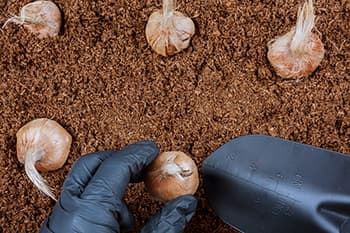 When transplanting, always provide ample space in between. Saffron corm is a rapid grower and could become overcrowded. Ideally, plant saffron in the garden with about ten bulbs for every square foot of space.
When transplanting, always provide ample space in between. Saffron corm is a rapid grower and could become overcrowded. Ideally, plant saffron in the garden with about ten bulbs for every square foot of space.
After 4 to 6 years, you can divide and replant saffron to encourage better bloom. Divide the plant after the foliage has faded and withhold watering for about one to two weeks to allow them to dry out.
Select a clump and dig around it about 3 inches around the edges and 8-inches deep. Pry the corm loose and separate the old corm from the baby bulbs. Transplant the healthy baby bulbs, or cormlets, with the pointed end facing up.
Plant Care and Maintenance
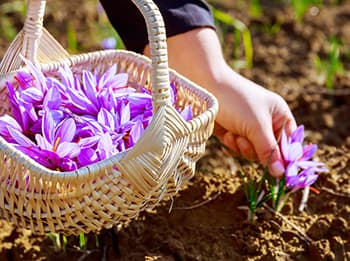
Saffron proliferates better in Mediterranean climates and hardy in USDA zones 5 to 8. This perennial herb is easy to grow and maintain. It mostly does well in the following planting conditions:
- Full sun to part shade
- Well-draining soil with medium organic matters
- Soil pH levels between 6 to 8
- Supplemental watering in dry spells
- Regular weeding
⇒ The 10 Medicinal Seeds You Should Plant for a Complete Backyard Pharmacy (Video)
How To Harvest Saffron
The better yield for saffron starts on its second bloom after planting.
Saffron thread or stigmas are what make up the expensive spice. Even in commercial growing, these threads are harvested manually. Harvesters snip each of the open flowers by hand mostly in the midmorning when the flowers are dry.
A sunny day is an ideal weather for harvesting saffron, but expert growers welcome rain the day before the harvest. They noticed that the flowers are fuller and stigmas are brighter after the rain shower.
After gathering the blooms, remove the stigma from the center of the flower using a tweezer. Lay them in a paper towel to dry but do not expose them to high heat. You can put them in a warm and dry place to dry completely or into the dehydrator with the lowest setting.
After drying, keep saffron in an airtight container in a cool and dry place for up to six months. You may want to wrap them in foil paper first since saffron is sensitive to light, which may affect its flavor.
What Saffron Is Good For And Natural Remedies Made From It
Saffron is not only valued for its flavor and color in food. It is also a highly-revered herb that gives many health benefits.
One of the most promising benefits of saffron is its ability to promote heart health. It is rich in antioxidants that lower cholesterol and triglycerides in the body. It contains crocetin that prevents fat buildups in the artery, which causes many circulatory problems. Crocetin can also help in the prevention and therapy of cancer.
Saffron is a mild sedative used for better quality sleep. It is an effective anti-depressant and an excellent mood booster. It has an effect similar to Prozac but without its harmful side effects.
Weight-conscious people may also rely on the effectiveness of saffron in weight management. Taking saffron can suppress appetite and lower cravings. It releases serotonin which aids an individual from overeating.
⇒ 1 Cup Before Bed Shrinks Belly Fat All Night (Video)
The action of the bioactive compounds of saffron also provides benefits to the brain. It can improve mental functioning, boosts memory, and prevents degenerative brain disorders.
Saffron can also treat respiratory and digestive problems and has a host of benefits such as:
- Supporting proper eyesight
- Treating cancer
- Menstrual relief

- Treating fever
- Healing aches and body pains
- Improving blood cell production and cell repair
- Boosting strength
- Combat respiratory illness
- Cure for digestive problems like gas and acidity
- Boosting brain function
- Treating sleep disorders
- Improving cardiovascular health
- Supporting skin health and promoting a fairer complexion
- Improve libido
- Manage menstrual pain
What Parts Of Saffron Are Used For Remedies
The flower and pistils of saffron are used in various health products. Its aboveground stem is also used for relieving insomnia and improving libido.
Aside from saffron threads, it is also sold as a powder in many supermarkets. It is used mostly for culinary purposes, but is also consumed to lower blood pressure. A paste from ground saffron is topically applied to cure many skin diseases.
Saffron is also available as a capsule or essential oil sold in some specialized herbal stores.
Saffron Rice
Ingredients:
- 2 tbsp. extra virgin olive oil
- 2 shallots, thinly sliced
- 6 cloves garlic, coarsely chopped
- 1 carrot, chopped
- 2 cups vegetable broth
- ¼ tsp real saffron thread
- 1 cup uncooked rice
- 1/3 cup frozen peas
- Pinch of sea salt
- Dash of black pepper
Steps:
- Heat oil in a frying pan at medium heat. Add garlic, shallots, and carrots. Sautee until the shallots are translucent.

- Season with salt and pepper, and pour in the vegetable broth and saffron threads. Turn the heat to high and bring it to a boil.

- Add in the rice and mix them well to distribute the rice evenly. Cover the pan and lower the heat to low-medium, then cook for 15 to 18 more minutes.

- After the liquid is absorbed, mix the peas evenly into the rice mixture. Place back the lid, and turn off the heat.

- Allow to sit for 4 more minutes before serving.

How To Use This Remedy
This saffron rice has a garlicky twist. It is good as a main course or side dish. This filling meal is oozing with a Mediterranean flavor that the saffron thread lends.
What Plants Resemble Saffron
| Features | Saffron (Crocus sativus) | Meadow Saffron (Colchicum autumnale) *highly toxic |
|---|---|---|
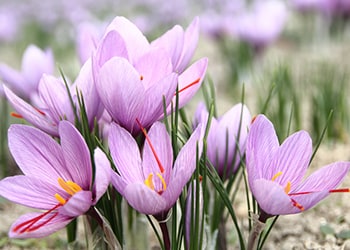 | 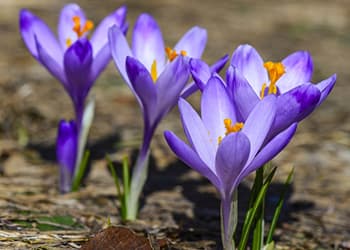 | |
| Size | 6 to 10 inches | 6 to 12 inches |
| Leaves | Green; smooth; simple; rosulate; linear | Green to yellow; smooth; rosulate; strap-like |
| Flowers | Purple; solitary; saucer-shaped; sterile | Pink/purple; solitary; star-shaped |
| Fruits/Seeds | None | Tiny; brown |
| Stem | Underground stem; upright | Underground |
| Scent | Strong, grassy, hay-like | Radish-like |
Warnings And Cautions
Saffron, when taken as a medicinal supplement, is likely safe for most people. However, it may still cause potential side effects. An excessive dose may cause diarrhea, vomiting, yellowing of skin and eyes, dry mouth, extreme anxiety, dizziness, nausea, and upset stomach.
Taking saffron can trigger an allergic reaction and cause rashes, hives, itching, and swelling of the throat. If you have an allergy to Lolium, Olea (Olive), and Salsola plants, you are also likely allergic to saffron.
At a dosage of more than 5 grams, saffron can cause toxic poisoning. It is fatal at doses between 12 to 20 grams.
Saffron is not recommended for pregnant women without prior consultation with a physician. In high dosage, it can cause uterine contraction which may lead to miscarriage. You should also check with your doctor before taking saffron if you are breastfeeding. The herb is safe for pregnant and breastfeeding women, but only in the amount typically found in food.
Do not take saffron if you have bipolar disorder as it can trigger excitable and impulsive behavior.
Stop taking saffron two weeks before a scheduled surgery since it may slow down the central nervous system. It can affect the action of anesthesia and other medications in surgery.
Consult with your doctor before taking saffron or any other herbal supplements.
Food Remedies That Can Starve Cancer Cells
The Hidden Food Growing Fence (Video)
Soothing Elixir For Cold and Flu Season








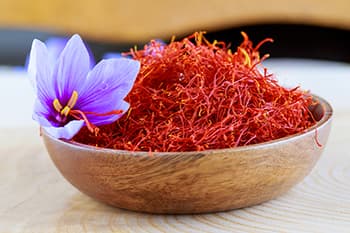
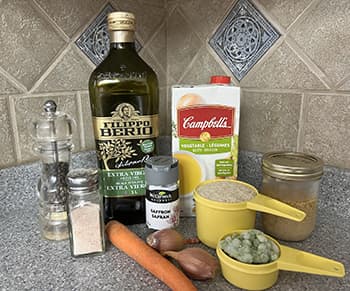
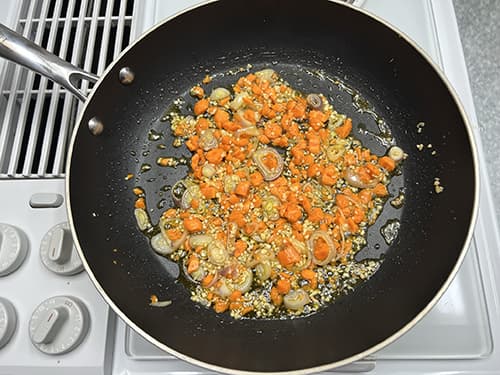

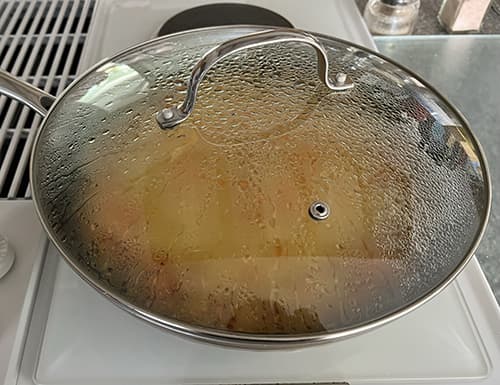
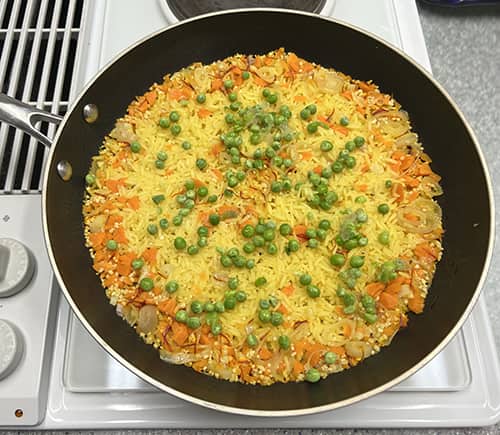
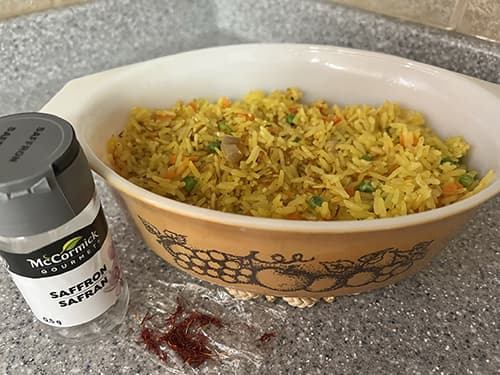


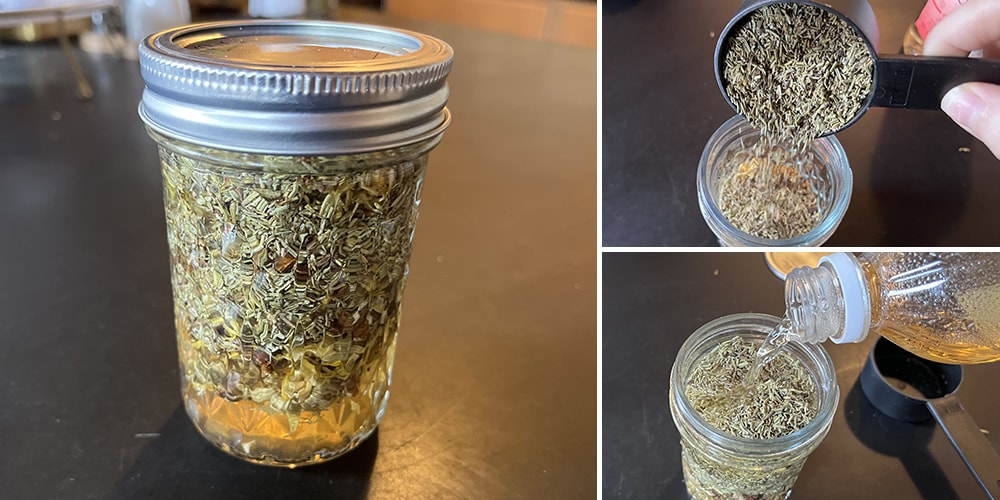
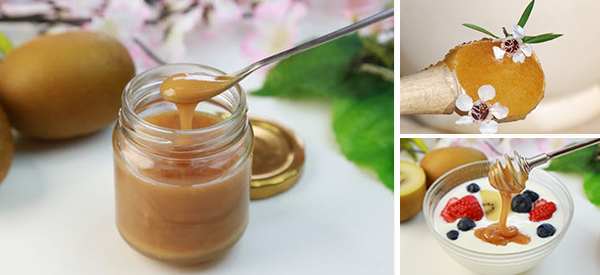
How do you take it for sleep?
Probably as a tea some time in the evening.
Hello Heather,
If you can’t sleep because you’re restless at night, one solution is to drink saffron tea right before bed, but avoid large quantities as it can be toxic.
Because of its sedative properties, saffron has been shown to be effective in treating insomnia. Alternatively, you can try saffron supplements.
Many blessings and good health!
Does the cheaper kind of saffron from Mexico give the same effects as the expensive one from India?
Hello Denise,
Thank you for your comment!
Mexican saffron or safflower is unrelated to real saffron, although the two share a similar color. Saffron crocus flowers are purple with recognizable red stigmas, while the safflower plant has yellow petals and thickly branched stems. Mexican Saffron is mostly used in recipes for its color, not for its flavor.
Safflower seed oil’s linolenic and linoleic acids may help prevent the hardening of the arteries, lower cholesterol, and lower the risk of heart disease. Safflower contains chemicals that thin the blood, widen blood vessels, lower blood pressure, and stimulate the heart.
Many blessings and good health!
What does it do in rice other than color it? I’ve never knowingly tasted it in Indian cooking.
Hello Peter,
Cooking with saffron is a great way to incorporate it into your diet without consuming too much of it. It is generally safe to consume up to 1.5 grams of saffron per day, but eating too much can be toxic.
It is also used in teas or herbal supplements.
Many blessings and good health!
If you promote healthy products, you should be more careful in the choice of your olive oil. Filippo Berio has a history of fraud and fakes https://www.oliveoiltimes.com/business/north-america/filippo-berio-and-bertolli-class-action/45953. There are so many organic and really healthy olive oils out there. I recommend to choose more wisely in the future!
Hello Gregor,
Thank you so much for bringing this matter to our attention!
We really appreciate you took the time to make us aware of this case. We will discuss this with the author of the recipe.
Many blessings and good health!
How do you make Saffron Tea? I brought some back from Dubai and want to make sure I don’t use to much.
I think that I have the poisonous kind in my garden.